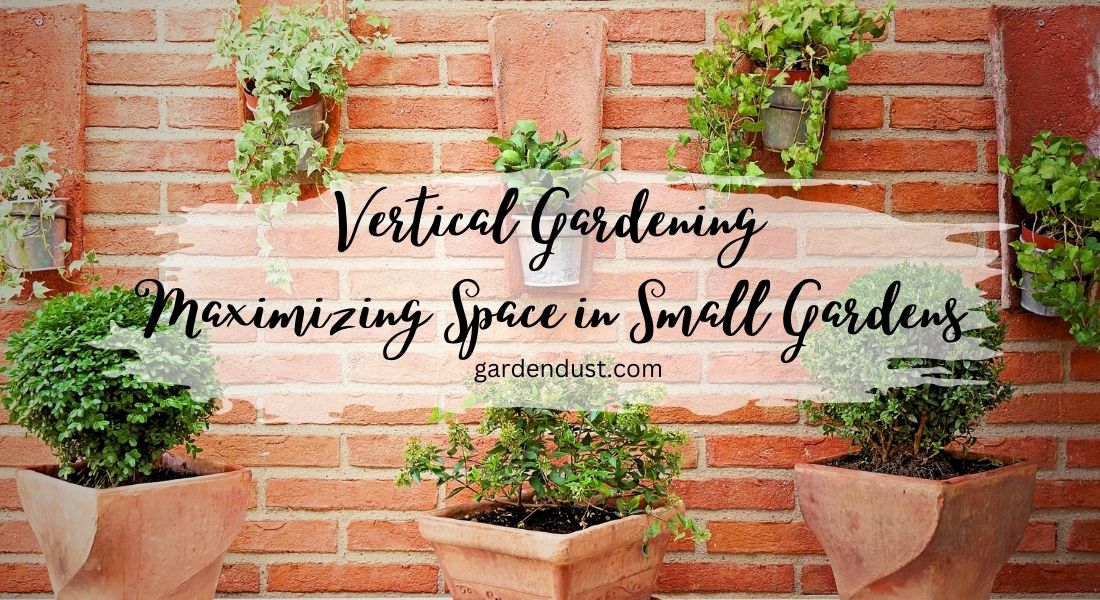As more and more people move into urban areas and small apartments, it’s becoming increasingly difficult to have a garden. However, with vertical gardening, you can maximize your space and create a green oasis in even the smallest of spaces. Vertical gardening is a method of growing plants upwards rather than outwards, allowing you to make use of the vertical space in your garden or even indoors.
Here are some tips on how to get started with vertical gardening:
1.Choose the Right Plants
Not all plants are suitable for vertical gardening. You’ll want to choose plants that are compact, lightweight, and have shallow roots. Some good options include herbs, strawberries, lettuce, and flowers such as petunias and pansies. Succulents and air plants are also great options as they don’t require much soil and can be hung or mounted on a wall.
2.Decide on a Vertical Gardening System
There are many different types of vertical gardening systems available, including wall-mounted planters, hanging baskets, trellises, and vertical garden towers. Choose a system that fits your space and the types of plants you want to grow.
3.Consider Lighting
Lighting is important for any garden, but it’s especially important for vertical gardens. If your garden is indoors or in a shaded area, you may need to supplement with grow lights. LED grow lights are a great option as they’re energy-efficient and provide the full spectrum of light that plants need.
4.Soil and Fertilizer
When it comes to soil, lightweight potting soil is the best option for vertical gardens. This type of soil is designed to hold water and nutrients while still allowing for proper drainage. You’ll also want to use a slow-release fertilizer to ensure your plants get the nutrients they need to thrive.
Also read: Gardening for Health:How Gardening Can Improve Your Physical and Mental Wellbeing
5.Watering
Vertical gardens require frequent watering, especially in hot weather. A drip irrigation system can make watering easier and more efficient. You can also use a watering wand or hose to water your plants by hand. Just be sure to water slowly and thoroughly to ensure the water reaches all the plants.
6.Maintenance
Vertical gardens require regular maintenance to ensure they stay healthy and vibrant. This includes pruning and deadheading plants, fertilizing, and pest control. You may also need to replace plants that don’t do well in your vertical garden or that outgrow their space.
Vertical gardening is a great way to maximize space in small gardens and create a beautiful, green oasis in even the smallest of spaces. By choosing the right plants, system, and lighting, and taking proper care of your garden, you can create a thriving vertical garden that brings joy and beauty to your life. Happy Gardening…







